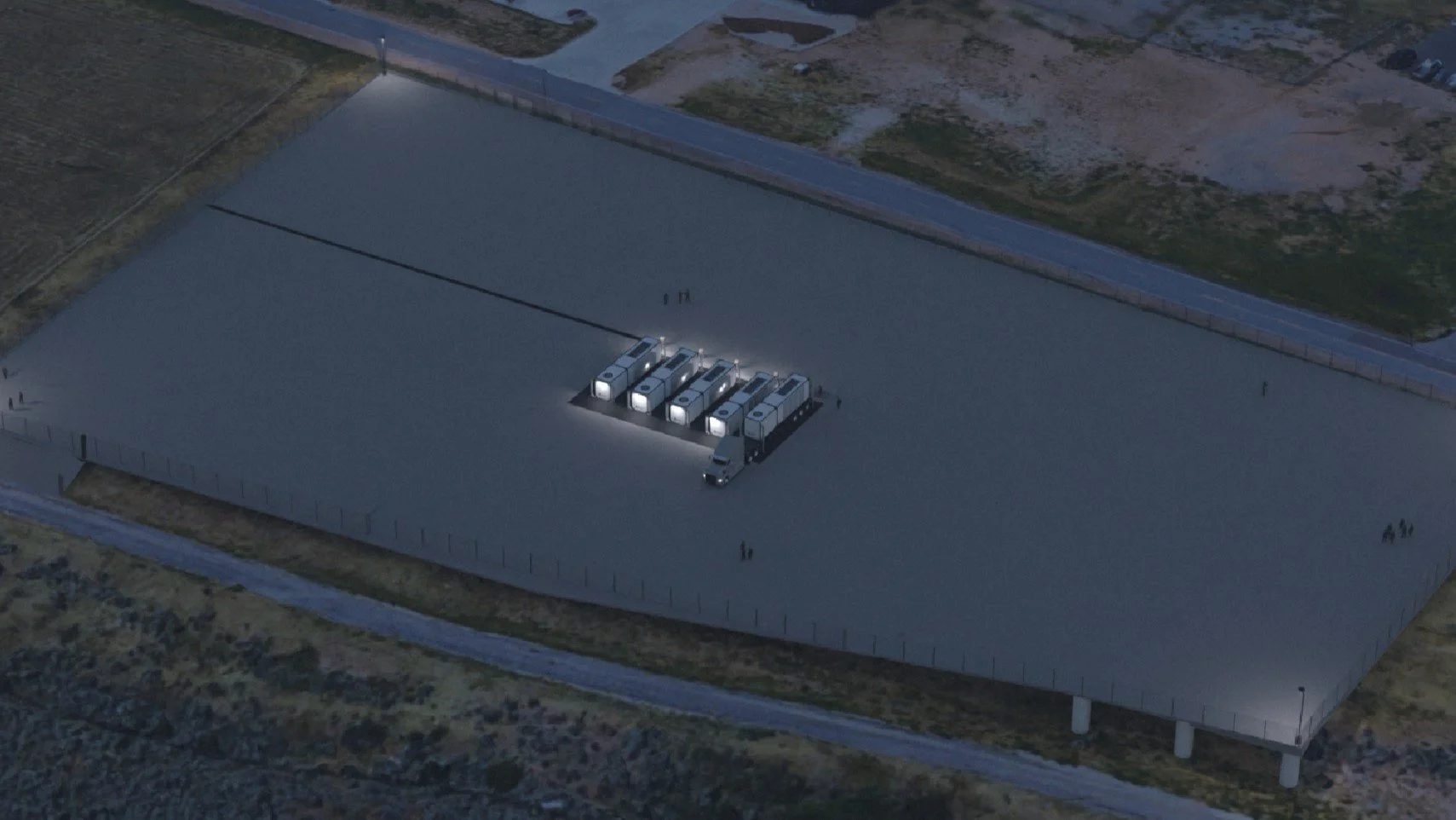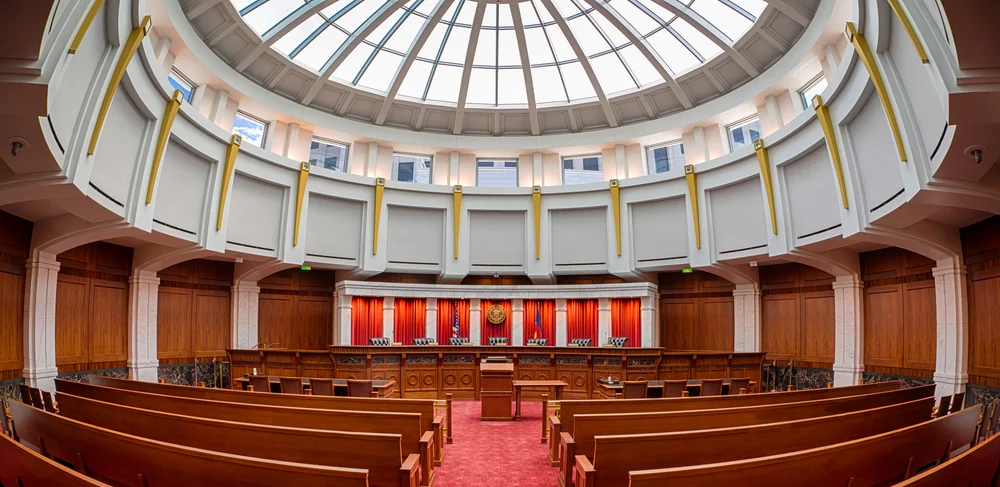.webp)
Brazil and the United States: A Strategic Hemispheric Partnership
Brazil and the U.S. share a historic, strategic partnership rooted in democracy and economic ties. Renewed cooperation is crucial to counter China’s influence and build a stable, prosperous hemispheric order.
Brazil and the United States share a longstanding history of diplomatic, economic, and strategic cooperation in the Western Hemisphere. These historical ties are among the foundational pillars of regional stability. Based on shared political values such as liberal constitutionalism and representative democracy, both countries have developed a relationship that transcends commerce, establishing themselves as key actors in building a hemispheric order grounded in peace, cooperation, and development.
In this context, the promotion of strong institutions, the rule of law, and democratic constitutionalism should be understood as essential elements in crafting a sustainable regional agenda. Brazil and the United States share legal traditions that provide a common foundation for advancing democratic governance across Latin America.
Since the United States became the first country to recognize Brazil’s independence in 1824, the two nations have pursued a path of steady rapprochement. Over two centuries, their relationship has expanded on several fronts — military, economic, educational, technological, and environmental. In the 20th century, this partnership acquired strategic dimensions. During World War I, Brazil joined the Allied cause. In World War II, the cooperation included U.S. military bases in Northeastern Brazil — vital for the South Atlantic campaign — and the deployment of the Brazilian Expeditionary Force (FEB), which fought alongside the Allies in Europe.
During the Cold War, Brazil and the US signed multiple agreements aimed at containing Soviet expansionism. They collaborated within the Organization of American States (OAS) and other multilateral bodies. With the rise of globalization in the 1990s, both countries engaged in trade liberalization and integration efforts, notably the proposed Free Trade Area of the Americas (FTAA), though progress stalled due to structural differences.
Today, the bilateral relationship remains economically significant. In 2023, trade between Brazil and the U.S. exceeded USD 88 billion, making the U.S. Brazil’s second-largest trading partner after China. Major sectors in this exchange include fuels, aircraft, machinery, fertilizers, soybeans, and chemicals. Additionally, the United States remains a major source of foreign direct investment in Brazil, with over USD 120 billion invested.
Yet, since the early 2000s, U.S. foreign policy has shown signs of disengagement from Latin America, refocusing on the Middle East and the Asia-Pacific — especially after the September 11, 2001, attacks. This shift coincided with China’s emergence as the region’s primary economic partner. Since 2009, China has been Brazil’s top trading partner, and by 2021, it had overtaken the U.S. as the leading financier of infrastructure projects across Latin America, particularly in the energy, transportation, and mining sectors. Chinese investment in Brazil is estimated at over USD 70 billion.
This economic realignment signals a significant transformation in regional power dynamics, weakening traditional inter-American integration. China’s growing presence offers not only an alternative economic partnership but also a new vector of political and normative influence, especially in infrastructure, digital connectivity, and energy transition. Without a coordinated response from the U.S., Brazil, and other countries, longstanding alliances in the hemisphere have eroded.
Amid emerging multipolarity, fractured supply chains, rising demand for minerals and commodities, and global geopolitical tensions — such as Russia’s actions in Eastern Europe and China’s assertiveness — a strategic realignment of inter-American relations becomes necessary. In this scenario, Brazil is a natural and essential partner for a renewed and meaningful U.S. engagement in Latin America.
This partnership should extend beyond bilateral cooperation to serve a broader regional role. Through joint initiatives, Brazil and the U.S. can act as catalysts for a new regional architecture, promoting institutional cohesion, constitutional stability, and mechanisms of shared prosperity. A revitalized agenda should rest on principles of shared sovereignty, strategic cooperation, and mutual benefit. This alignment can unfold along multiple dimensions, including diplomatic coordination in forums such as the UN, OAS, and G20, with a focus on issues like cybersecurity, climate action, and the global governance of artificial intelligence.
A new hemispheric integration model that considers national asymmetries, offering compensatory mechanisms for less developed countries and supporting regional value chains.
Expansion of educational and scientific exchanges, including programs like Fulbright, and promoting technological collaboration in sensitive fields such as biotechnology, renewable energy, and AI. Universities can act as engines of knowledge diplomacy.
Revitalization of infrastructure investments, including bi-oceanic corridors, integrated energy grids, railways, and digital platforms. Such projects would foster South American integration with Brazilian leadership and U.S. technological and financial input.
Maritime cooperation via a hemispheric code with standardized regulations, port modernization, enhanced surveillance in Exclusive Economic Zones, and joint efforts to combat transnational crime. A collective maritime security agenda in the South Atlantic would create a new axis of strategic coordination.
The integrated airspace and environmental monitoring, alongside measures to counter drug and arms trafficking. Technical-military collaboration should emphasize joint capacity building and the protection of strategic resources.
Such initiatives would not only restore mutual trust but also lay the groundwork for a new cooperation architecture with a broad regional impact. A clear and forward-looking strategic partnership between Brazil and the U.S. — the two largest economies in the hemisphere — is not merely desirable; it is crucial for the consolidation of a democratic, prosperous, and peaceful region.
Ultimately, this vision depends on political realignment that reinforces both individual freedoms and collective rights. It must be rooted in inclusive development as the cornerstone of a renewed inter-American pact — one capable of addressing 21st-century challenges with unity, resilience, and a commitment to hemispheric security.
Wagner Menezes is a Professor at the University of São Paulo – USP. Member of BeLatin. He was visiting professor at University of California at Berkeley in 2019 and 2024.
Economic Dynamism

Texas Stands on Commerce
Clear limits on shareholder resolutions have made Texas a model of business certainty — and business is flooding in.

America Needs Its Hidden Champions
From imaging systems to next-gen GPS, small and midsized manufacturers are quietly rebuilding America’s industrial and defense backbone.

The Truth about Chinese Manufacturing
China will remain a major player in global manufacturing, but size and strength are not synonymous.
Civitas Outlook

Will State Attorneys General Allow Their Cities to Make Energy Policy?
The effort to apply state law to redress climate injuries has been spearheaded not by state officials eager to protect their home turf, but by international non-profits, NGOs, and out-of-state private law firms frequently representing local governments.
Get the Civitas Outlook daily digest, plus new research and events.
Ideas for
Prosperity









